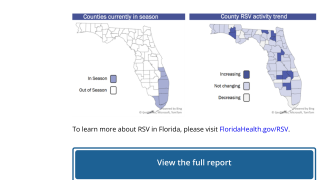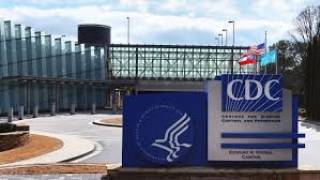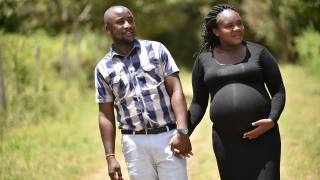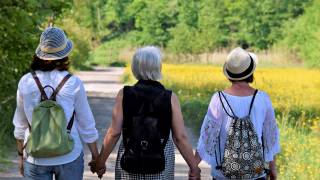RSV Outbreaks Are Expected Out-of-Season
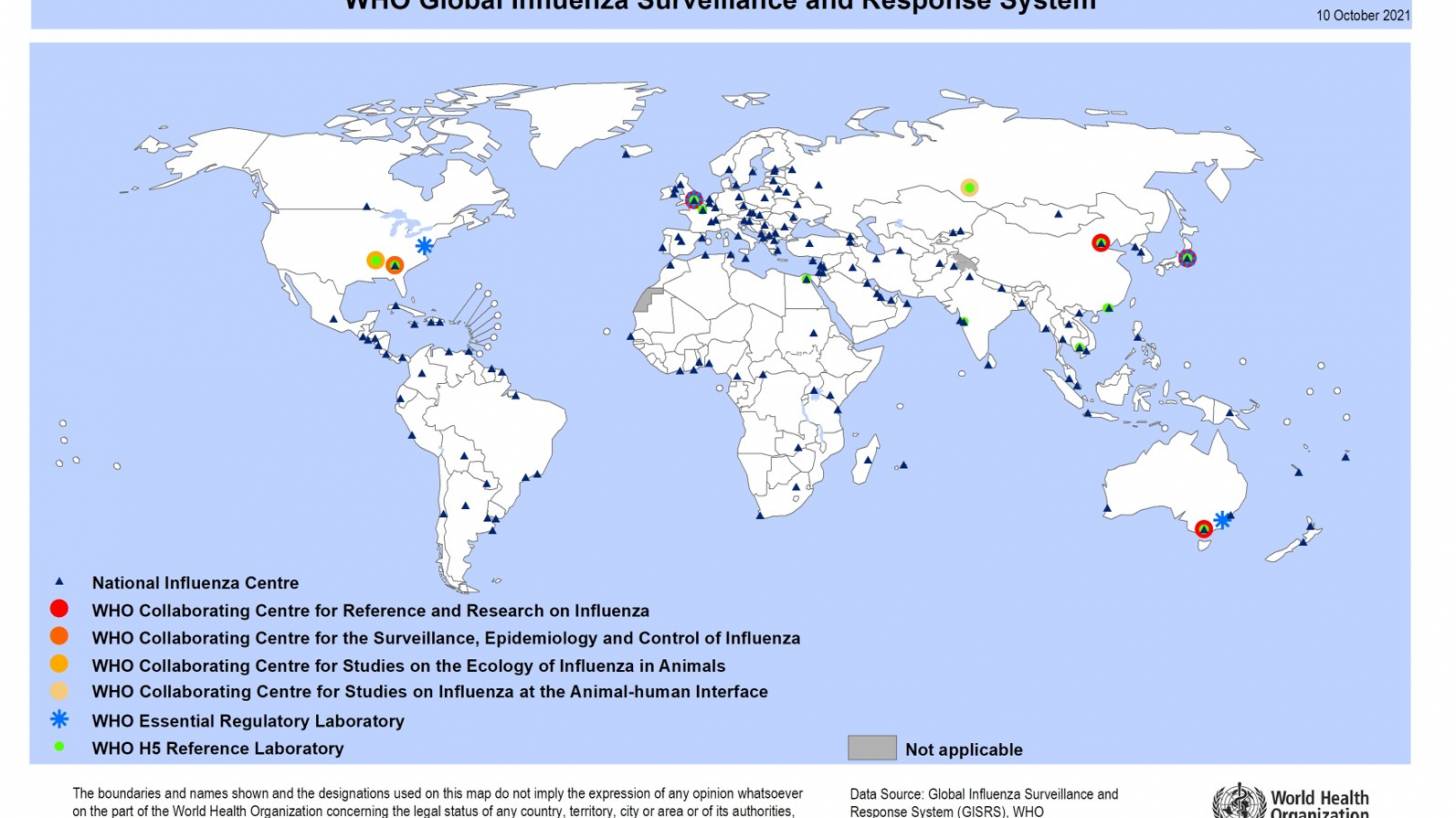
Human respiratory syncytial virus (RSV) is a frequent cause of respiratory infections, with the most severe cases reported in young children and seniors.
Across the world, there were 33 million RSV-associated acute lower respiratory infection episodes in children under five years old in 2019, leading to 101,400 RSV-attributable deaths overall.
While RSV has been a ‘seasonal’ disease, it has recently been reported year-round in certain countries. To understand the seasonal prevalence of RSV changes, researchers examined testing data from Australia from January 2017 to March 2021.
To better understand this change, the journal Nature Communications published a new peer-reviewed study on May 24, 2022.
During 2020 the typical winter epidemics were notably absent. However, in late 2020, unprecedented widespread RSV outbreaks occurred, beginning in spring and extending into summer.
In late 2020, severe out-of-season RSV outbreaks occurred in several Australian states and territories, beginning in New South Wales, the Australian Capital Territory (NSW/ACT), and Western Australia (WA). Then, RSV outbreaks followed in Victoria (VIC) throughout the summer of 2021.
Throughout the COVID-19 pandemic, the stringency of restrictions varied across the different areas in Australia.
Australia’s RSV epidemics in late 2020 and early 2021 resulted in test positivity and hospital admission levels equivalent to or exceeding a normal winter seasonal RSV activity seen in the previous three years.
For NSW, the epidemic began in September 2020, with bimodal peaks in activity in mid-November (reaching 26% positive) and early January (reaching 24% positive). The dual peaks likely reflect inconsistent testing over the Christmas and New Year holidays.
The peak in bronchiolitis hospitalizations in NSW occurred between late December and early January and coincided with this period.
Furthermore, a December 2020 peak was also observed in the ACT, a territory within the state of NSW, where 46% of tests were positive in this period.
For WA, the RSV epidemic began in late September 2020 and peaked in December 2020 at 37% positivity, with a matching peak in bronchiolitis hospitalizations.
It remains unclear how long it will take for normal winter RSV seasonality to resume in Australia and globally, said these researchers.
The findings from this study exemplify the need to be prepared for the occurrence of large outbreaks of RSV outside of normal seasonal periods.
It also raises important questions as to how the evolutionary dynamics of RSV outbreaks might inform the reemergence of the influenza virus, which is expected by the fall flu season of 2022.
‘Nonetheless, our study highlights how disease pandemics can cause disruptions in seasonal patterns of respiratory virus circulation and evolution.'
Furthermore, this study provides a timely warning to countries emerging from pandemic restrictions: the burden of disease from other respiratory pathogens such as RSV may have disappeared but will likely rebound in the future, possibly at unusual times and with a stronger impact.
There are two major antigenic subtypes of human RSV (A and B), mainly determined by antigenic drift and duplications in RSV-G sequences, but accompanied by genome-wide sequence divergence, including within RSV-F, says the WHO.
Follow this link to view the WHO’s RSV dashboard for the latest information.
Unlike the USA's ample supply of influenza vaccines, the U.S. FDA has not approved any RSV vaccine candidates.
An updated listing of the RSV vaccines is posted at PrecisionVaccinations.com/RSV.
PrecisionVaccinations publishes fact-checked research-based vaccine news.
Our Trust Standards: Medical Advisory Committee




